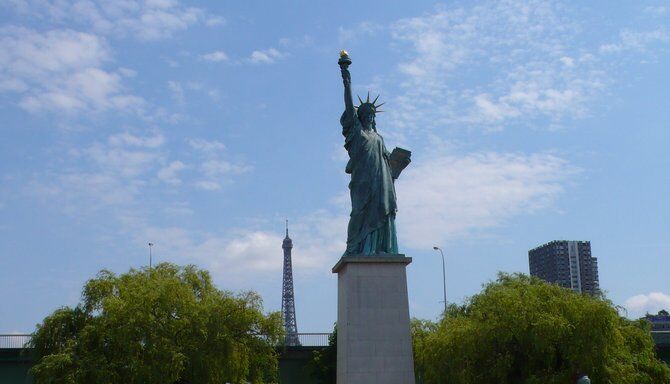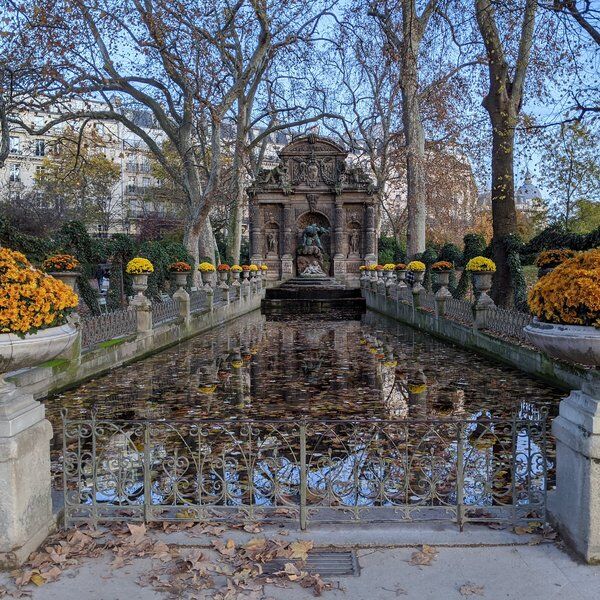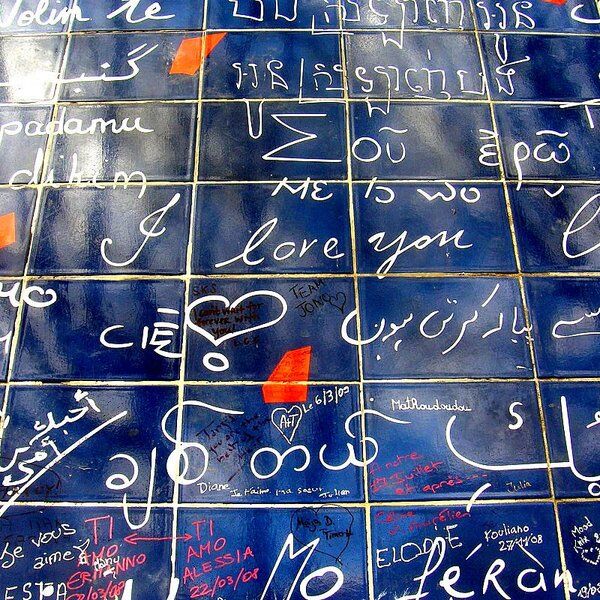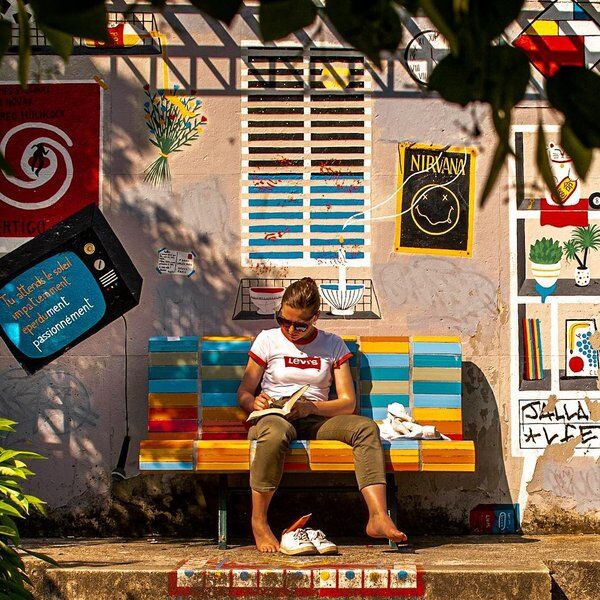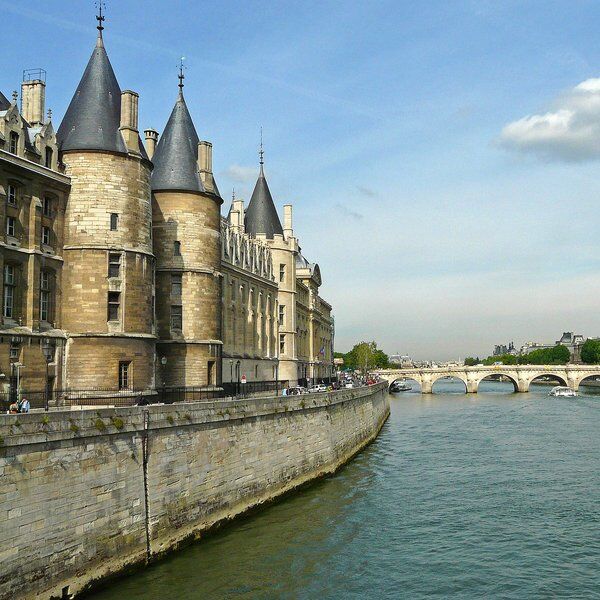Discover the Parisian Statue of Liberty
As an iconic symbol of freedom and democracy, the Statue of Liberty, famously situated in New York Harbor, welcomes millions of visitors from around the world. Yet, few are aware of a lesser-known presence in Paris, where at least five sizable authentic replicas exist.
Perched atop the Eiffel Tower, one might expect panoramic views of Parisian landmarks like the Arc de Triomphe and Notre-Dame Cathedral. However, a surprising sight awaits just southward where a replica of the Statue of Liberty graces the River Seine from the southern tip of an artificial island, Île aux Cygnes.
While there are several Liberty replicas, including those housed in the Musée d’Orsay and the Musée des Arts et Métiers, the one overlooking the river Seine is the largest and most impressive. It also gained further recognition for its appearance in the movie "National Treasure: Book of Secrets.”
Either way, each of these quarter-scale models dotted around Paris, hold historical significance as symbols of solidarity between two nations.
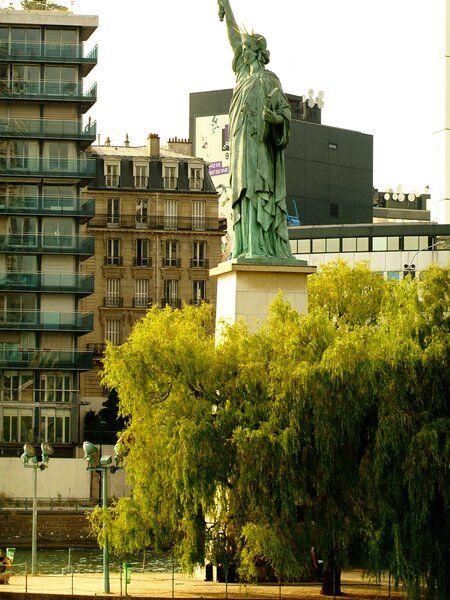
The Origins of the Île aux Cygnes Statue of Liberty
Paris’ Statue of Liberty was gifted to the city in 1889, three years after the unveiling of its New York counterpart, by the American community to honour the centennial of the French Revolution. Unlike Bastille Day, typically associated with the event, the statue's inauguration took place on the Fourth of July, symbolising the enduring bond between France and the United States.
Serving as one of several replicas in Paris, this statue is an indication of the nations’ shared values of freedom and the historical milestones they had to overcome to achieve it. This is evident with its tablet bearing significant dates such as July 4, 1776, and July 14, 1789, symbolising the respective struggles of both places.
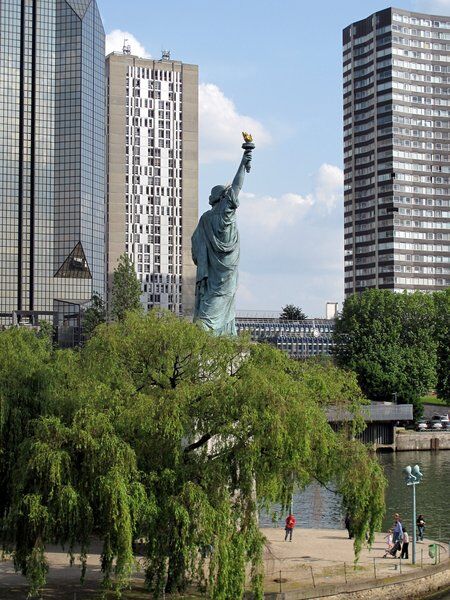
Facing the Statue of Liberty in New York
Initially, the Île aux Cygnes Statue of Liberty was positioned towards the east. This would allow the French President Marie François Sadi Carnot to smoothly unveil the statue, without facing away from the Elysée Palace.
However, Auguste Bartholdi, the statue’s sculptor, later passionately advocated for its orientation towards the west. This was so that it would face its sister statue across the Atlantic and honour the American connection.
Decades later, during the bridge's reconstruction in the 1960s, the statue was relocated to an independent pedestal at the tip of the Ile des Cygnes. This time, the city of Paris honoured Bartholdi's original vision, and the Statue of Liberty now proudly gazes towards the west.
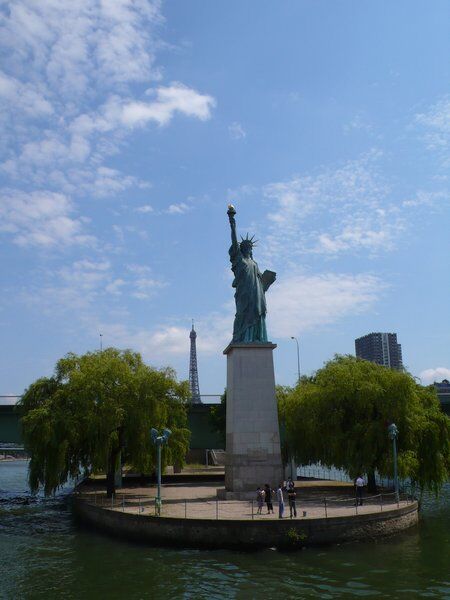
Visiting the Île aux Cygnes Statue of Liberty
Situated near the Grenelle Bridge, the Île aux Cygnes replica stands at 11.50 metres in height and weighs a formidable 14 tons. Over the years, it has become a cherished landmark in its own right, drawing visitors from far and wide.
For travellers eager to experience this hidden gem in Paris, a visit to the Île aux Cygnes offers a unique opportunity to encounter a piece of American history amidst the beauty of the French capital. Whether admiring the statue from the riverbanks or taking a leisurely stroll along the island's promenade, visitors can appreciate the Parisian Statue of Liberty from all angles.
Other Statue of Liberty Replicas in Paris
Apart from the Île aux Cygnes Statue of Liberty on the River Seine, there are several other notable replicas located within the city.
Musée d'Orsay
One replica resides within the grand halls of the Musée d'Orsay, a museum housed in a former railway station. Originally designed as a smaller model to aid in the creation of the New York statue, this scaled-down version now captivates visitors with its intricate details and historical significance.
Musée des Arts et Métiers
Within the Musée des Arts et Métiers, lies the original plaster model used by Auguste Bartholdi to sculpt the Statue of Liberty. Standing at a height of 2.86 metres (9.4 feet), this model, completed in 1878, played a pivotal role in the statue's inception.
Adjacent to the museum's entrance, visitors encounter a second bronze replica, crafted from the plaster model, representing one of the twelve original editions.
Jardin du Luxembourg
Another captivating replica could be found with the Jardin du Luxembourg, a picturesque park loved by locals and tourists. This replica stood in the garden for over a century until 2011, when a newly constructed bronze replica replaced it.
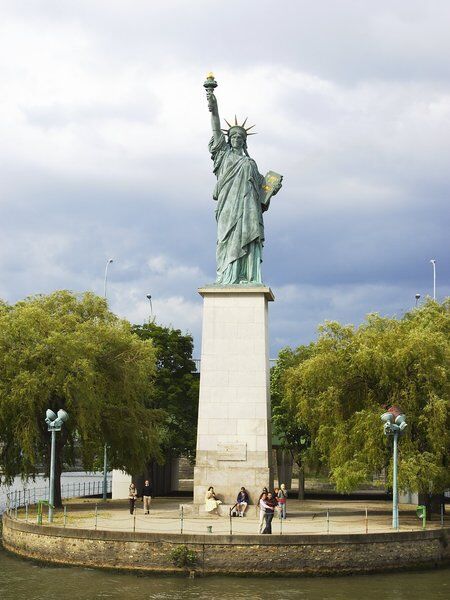
Our Thoughts…
In essence, the Statues of Liberty in Paris, while smaller in stature, reminds its onlookers of shared ideals and enduring alliances, and recognising that freedom transcends borders. With its torch held aloft and its crown adorned with seven rays representing the seven continents and seas, the statue embodies the universal ideals of freedom, democracy, and human rights.
Interested in finding more places like this? Try a CityDays urban exploration game - untangle cryptic clues as a team, as you are taken on a journey to the most unique, unusual and bizarre corners of Paris and beyond.
